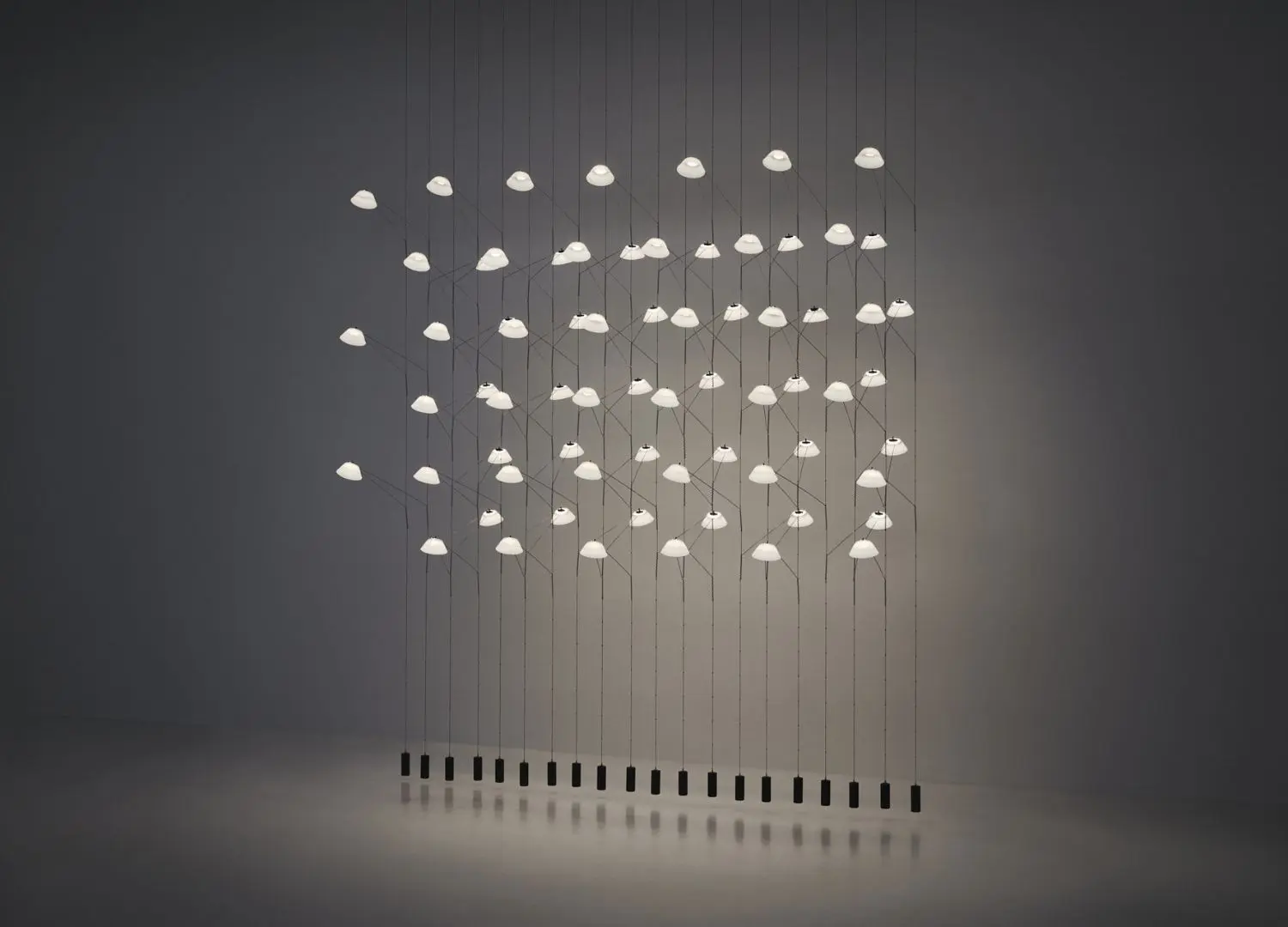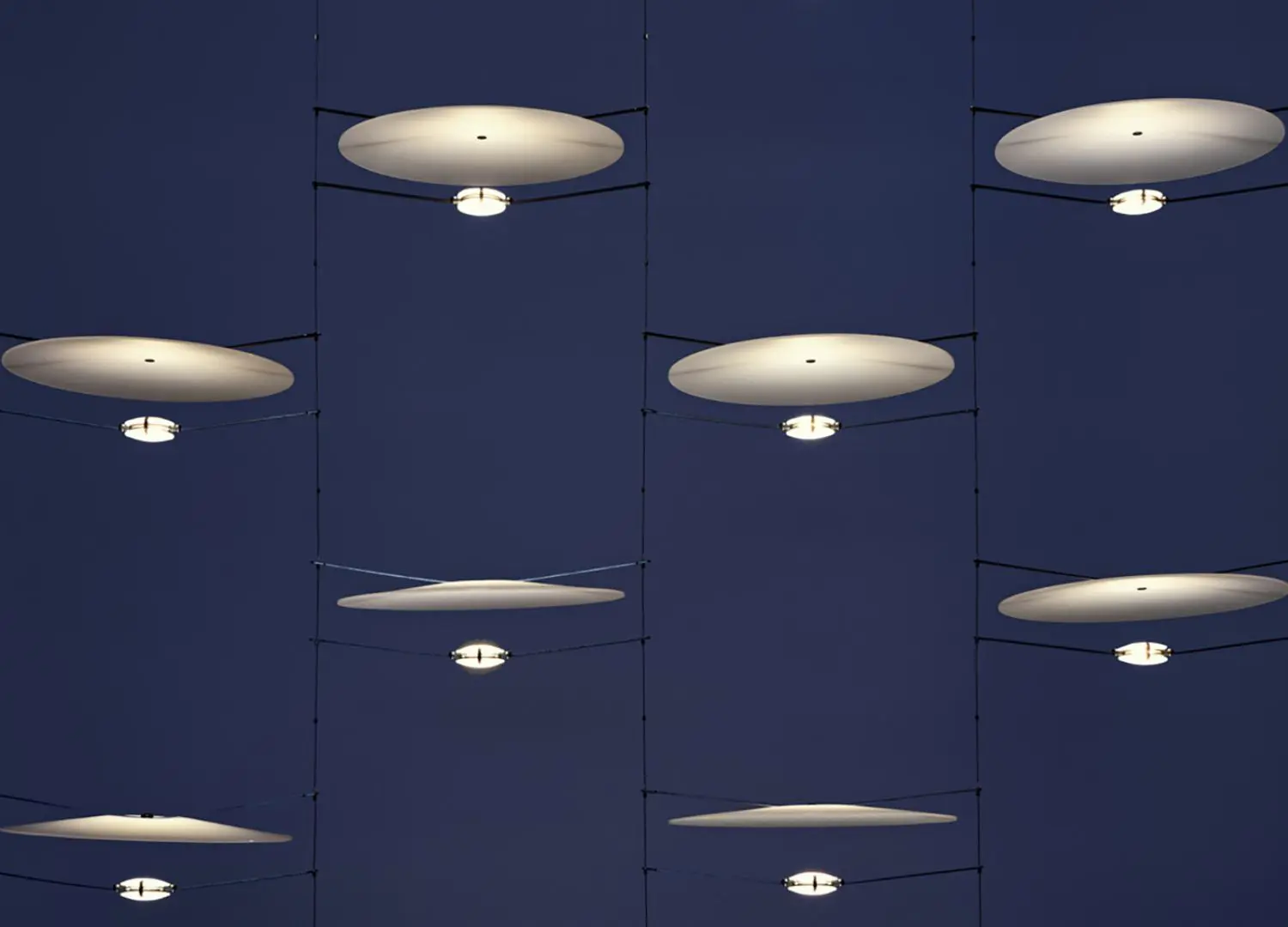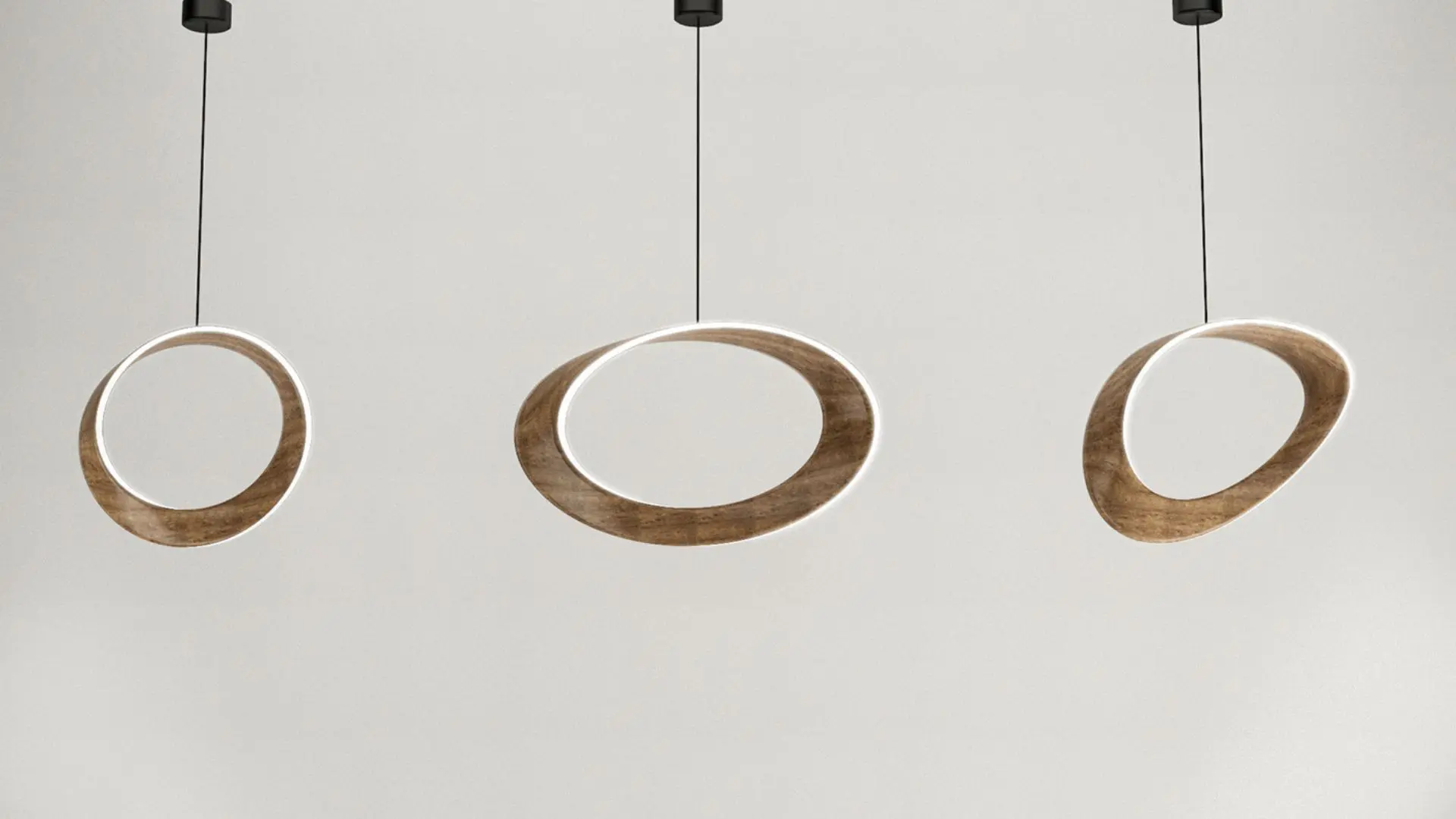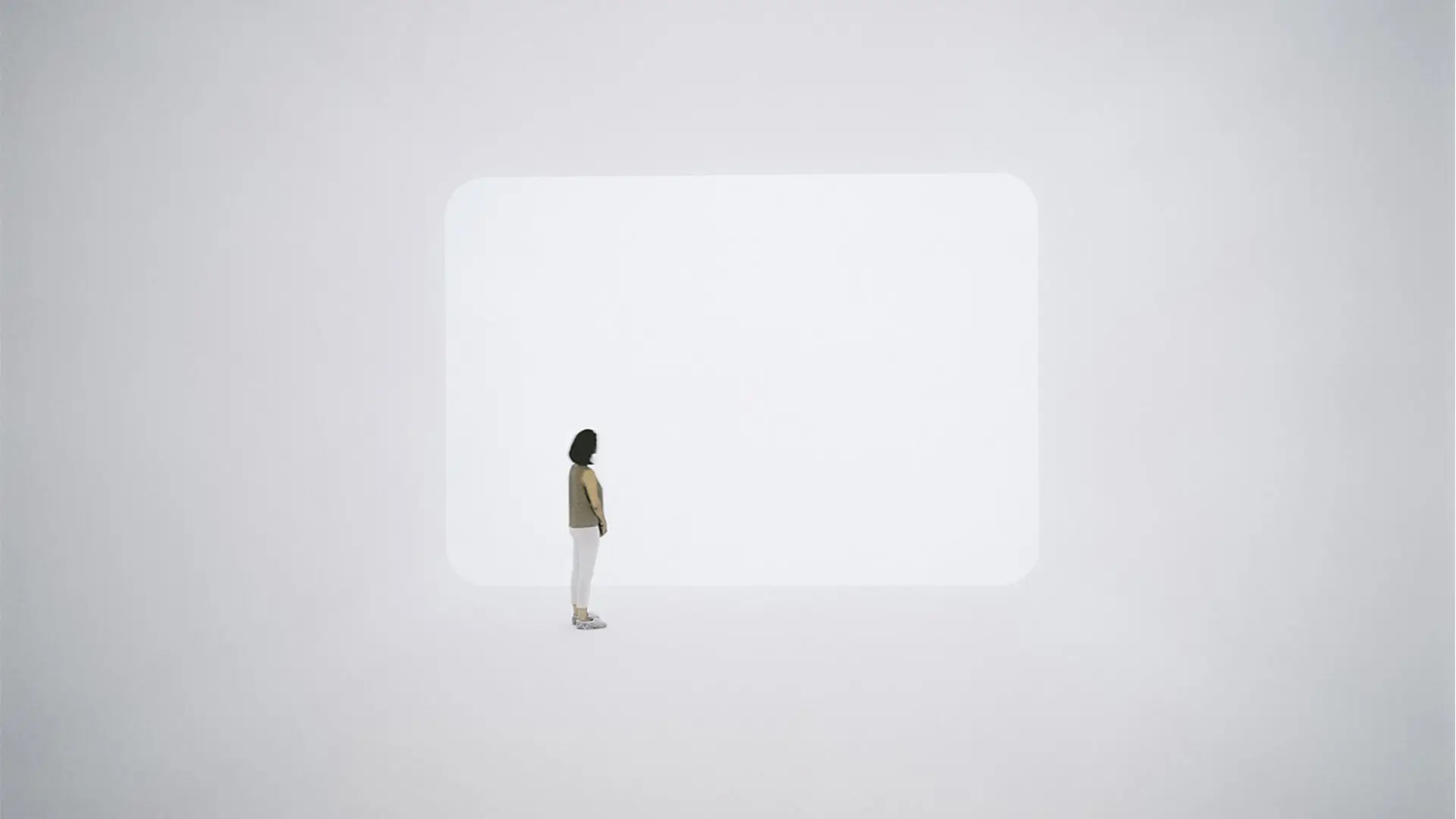Their bespoke lamps are as impressive as their standalone products
Design is not just about shape or coolness; the emotions evoked by quality products stem from a vision that provides a solid foundation for innovation. Meet the design studio Vantot.

Have you ever seen someone on the street and felt an instant connection, thinking about them long after they’ve gone? That’s how I felt when I first saw a lamp. I’m talking about Liiu by Vantot, edited by Luceplan.
I first saw this beautiful lamp at the last Euroluce show in Milan, and it was love at first sight: a suspended thin wire structure holding small archetypal LED lamps, supported by conductive springs that regulate their height. Boom, instant icon.
Boom, instant icon.

It’s not easy to create an icon nowadays, and it’s not easy to spot one either. It’s like having a FIFA player with all the stats high. This lamp is decorative, functional, arouses curiosity, and is immediately recognizable.
When we discuss lamps, we often take for granted some important design dynamics that significantly impact the final outcome. Many people, including some designers, think of designing a lamp as merely creating a nice lampshade. However, the theory behind it is much more complicated. While designers often consider a chair as the ultimate design challenge, I believe that designing lamps deserves similar recognition.

When we move beyond designing a simple lampshade to designing “a light,” things become much more complicated. With objects, we deal with ergonomics, but with lights, we must consider the behavior of light itself. Just as we stress ergonomics and construction in standard objects, we must also focus on construction and light emission in lighting design.
Looking at Vantot’s portfolio, we never find standard construction; their lamps have a unique approach based on their declared function (i.e., “how it makes light”) and the management of the light source (LED).

Let’s take, for example, two lamps that share some construction details but have different “goals”: the V-V-V and the O-O-O.
Looking at the V-V-V lamp, we see a thin metal structure attached to suspended wires, and the light is emitted horizontally. As they say, “it’s a lamp that steps away from the traditional concept of a lamp and a power cord.” In fact, the suspension wires are also conductive, so you don’t need a standard conduction wire. This creates an unusual two-binary structure which contains a metal fishbone-shaped design with 3 LED spots that diffuse the light. The final outcome is a metal screen that irradiates light, very decorative due to its functional attitude.

The O-O-O lamp also uses conductive binaries but has a different goal: to provide subtle room lighting. Its construction is more reminiscent of a traditional lamp with a lampshade, but purely for functional reasons. Here, the light is directed vertically, with the glass lampshade aiding in diffusion. Despite the similar binaries, the function differs, creating an effect of small floating lamps that diffuse light from the floor to mid-height.
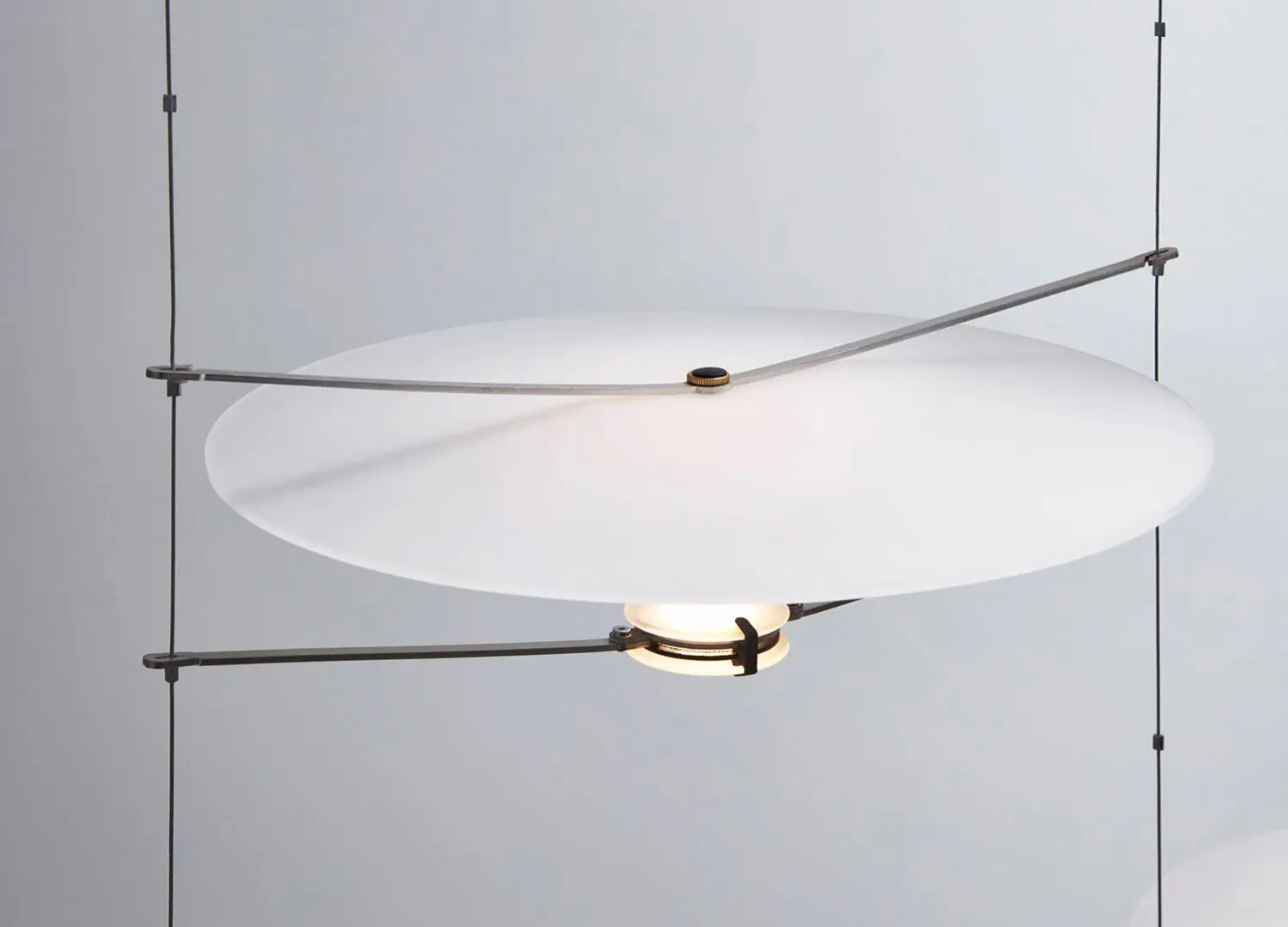
This level of detail in designing lamps doesn’t come by itself; it results from a tangible method. In a conversation with Esther Jongsma, who founded Vantot with Sam van Gurp, I learned that their studio deeply researches light. Although most of their lamps are edited by major brands like Luceplan and DWC Editions, they always ensure the lamp is fully realized and tested by them and their partners before going into serial production. This allows them to understand all the parts and components, maintain full control over the process, and generate new ideas and developments.

This continuous development not only advances their research and product quality but also enhances their ability to create installations with their products. Their bespoke lamps are as impressive as their standalone products, showcasing the extent of their research and highlighting situations where the lights are large and sculptural. The Liiu lamp, my favorite, was initially seen as an installation for a specific interior before going into production with a brand.
Once again, design is not just about shape or coolness; the emotions evoked by these quality products stem from a vision that provides a solid foundation for innovation.


